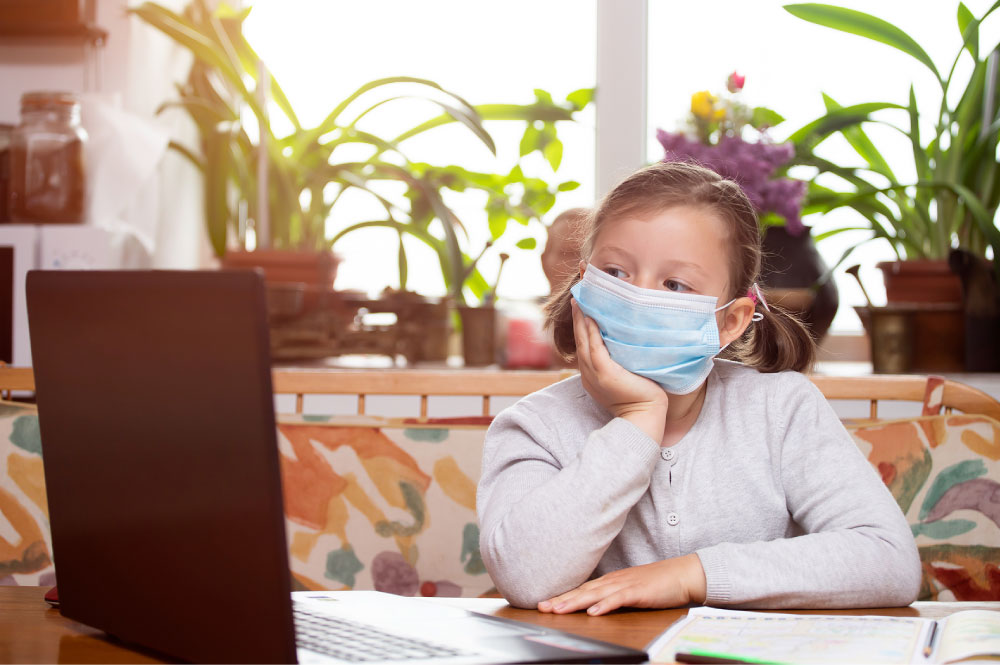In our final Roadmap to Recovery event before we take a few weeks off, we were joined by Lisa Chick, CEO of the Alliance for Education. The Alliance for Education’s mission is to support excellence in education by advancing educational justice and racial equity for students in Seattle Public Schools (SPS). They do this by bringing resources to the district in the form of programs, dollars and stakeholder partnerships. The Alliance has been especially focused on supporting the district’s pandemic relief efforts for the last few months.

We started the conversation by asking about how the last three-and-a-half months of the school year went, given that all SPS buildings closed in mid-March. Lisa explained that the district had three priorities:
- Ensuring students had access to food;
- Providing childcare to parents who are essential workers; and
- Setting up remote learning supports.
The speed at which the district had to pivot was incredibly challenging and some things went more smoothly than others
SPS and community partners really ramped up the nutrition program to make sure students who depend on schools for meals still had access to food. The district set up multiple channels for food distribution and expanded offerings to include breakfast and dinner, with an approximate average of 13,000 meals served daily. To give a sense of the need, for the 2018-19 school year, about 33% (or 17,500) of SPS students qualify for free/reduced lunch.
The district was also able to partner with the City of Seattle to set up childcare programming for essential workers.
Remote learning was the biggest challenge because it required all involved to think differently about school. The usual ways students engage with their peers, educators, school staff and materials was suddenly upended. Lisa also reminded us that school is not over, there are 345 staff leading summer school programs and 15,000 students (a six-fold increase) enrolled in summer school.
When asked if remote learning will become the new norm, Lisa talked about what SPS is grappling with as the pandemic continues. All districts faced enormous challenges related to remote learning — regardless of resources, managing learning at home was difficult for most, if not all, families. Most significant was making sure all students had access to devices and the internet. SPS worked to secure devices for students who didn’t have one and connect families to free or reduced cost internet service. The district historically had not prioritized internet-platform-based learning — this was a controversial topic among parents, the district and the School Board, with some arguing that increasing screen time for kids was a bad idea. Pandemic-related school closures have the potential to reframe the conversation since it requires everyone involved (students, educators, administrators, parents/guardians, etc.) to learn new skills. Lisa emphasized that the equity issue persists however — if there are students who continue to face barriers to remote learning, it undermines the very idea of public education.
We wanted to know what impact the pandemic is having on existing inequities in the educational system. Lisa confirmed that, across the board, disparities that existed before the pandemic were exacerbated by its onset. Educational outcomes that point to systemic and institutional barriers that students of color and other marginalized student groups face are expected to be worse for the end of the 2019-20 academic year. Lisa also noted that many of the families experiencing poverty in the district are also families of color, and all poverty indicators are being made worse by the COVID-19 crisis: food insecurity, lack of broadband access, housing instability, and lack of access to childcare. The district is concerned with figuring out how to provide support for the trauma associated with those issues as well as the added trauma of the pandemic coupled with how students process the public conversations about systemic racism brought about by the renewed momentum of the movement for Black lives.
When asked about what school might look like in the fall, Lisa explained that while the district has started planning, there are a lot of variables that still need to be considered. SPS expects to have a final plan by mid-August. Right now, they’re planning for a blended model that includes some combination of in-person and remote instruction. The district is also currently in the middle of the collective bargaining process with the teachers’ union. One thing is clear, things won’t go back to business as usual in September.
Finally, here are Lisa’s recommendations for how you can get involved and support public education:
- Volunteer — fill out an application now so you’ll be ready for the fall.
- Give, if you have capacity — the Alliance’s Education Equity Fund and Right Now Needs Fund help address digital divide and basic needs, respectively.
- Give the district grace — naturally, people have high standards for public education but the circumstances SPS is navigating are unprecedented and they carry a heavy burden.
- Stay alert — as the legislative session starts up in January, there will likely be advocacy in support of “broadband for all” and to make sure public education funding is not on the table for budget cuts.
